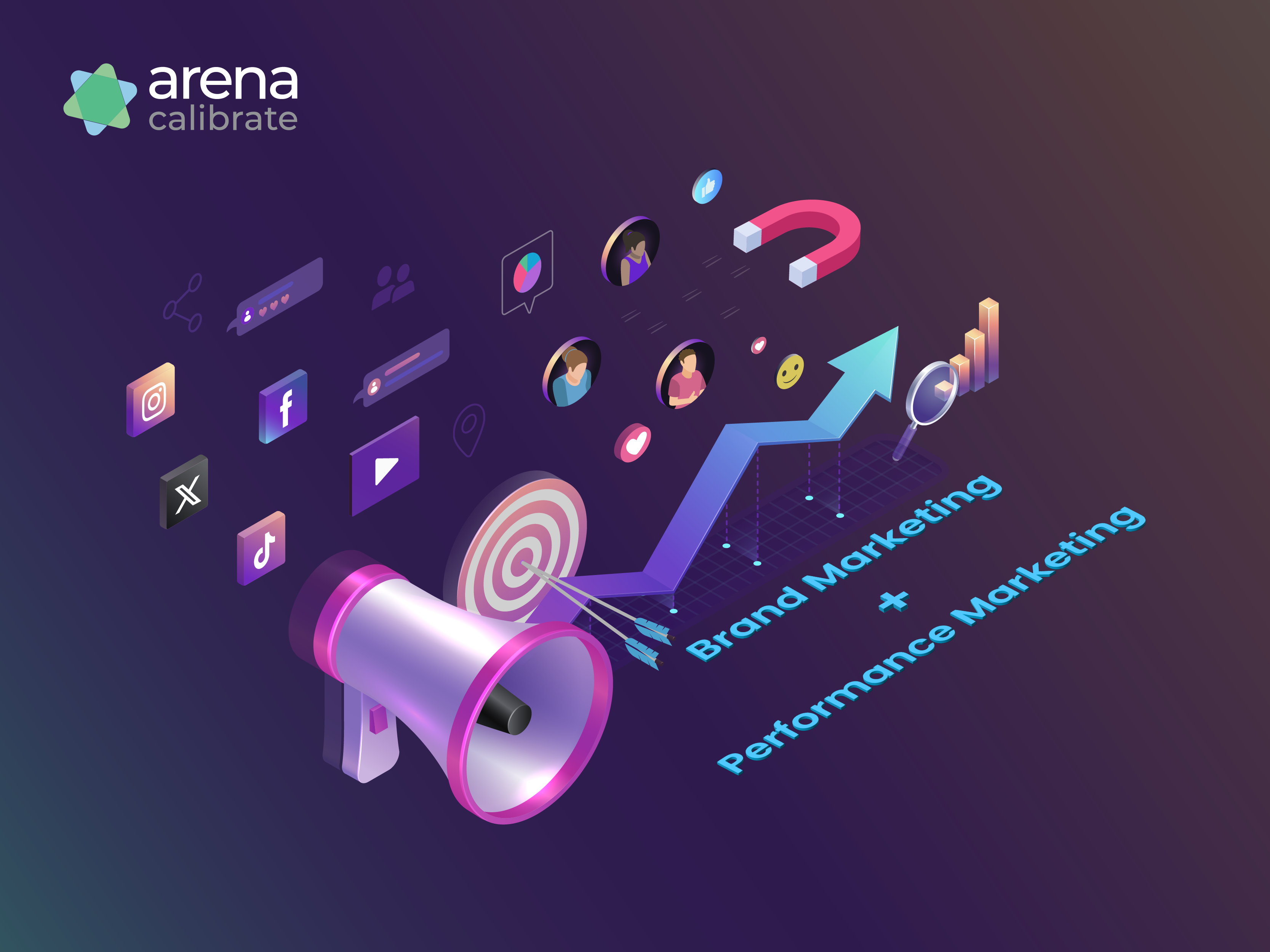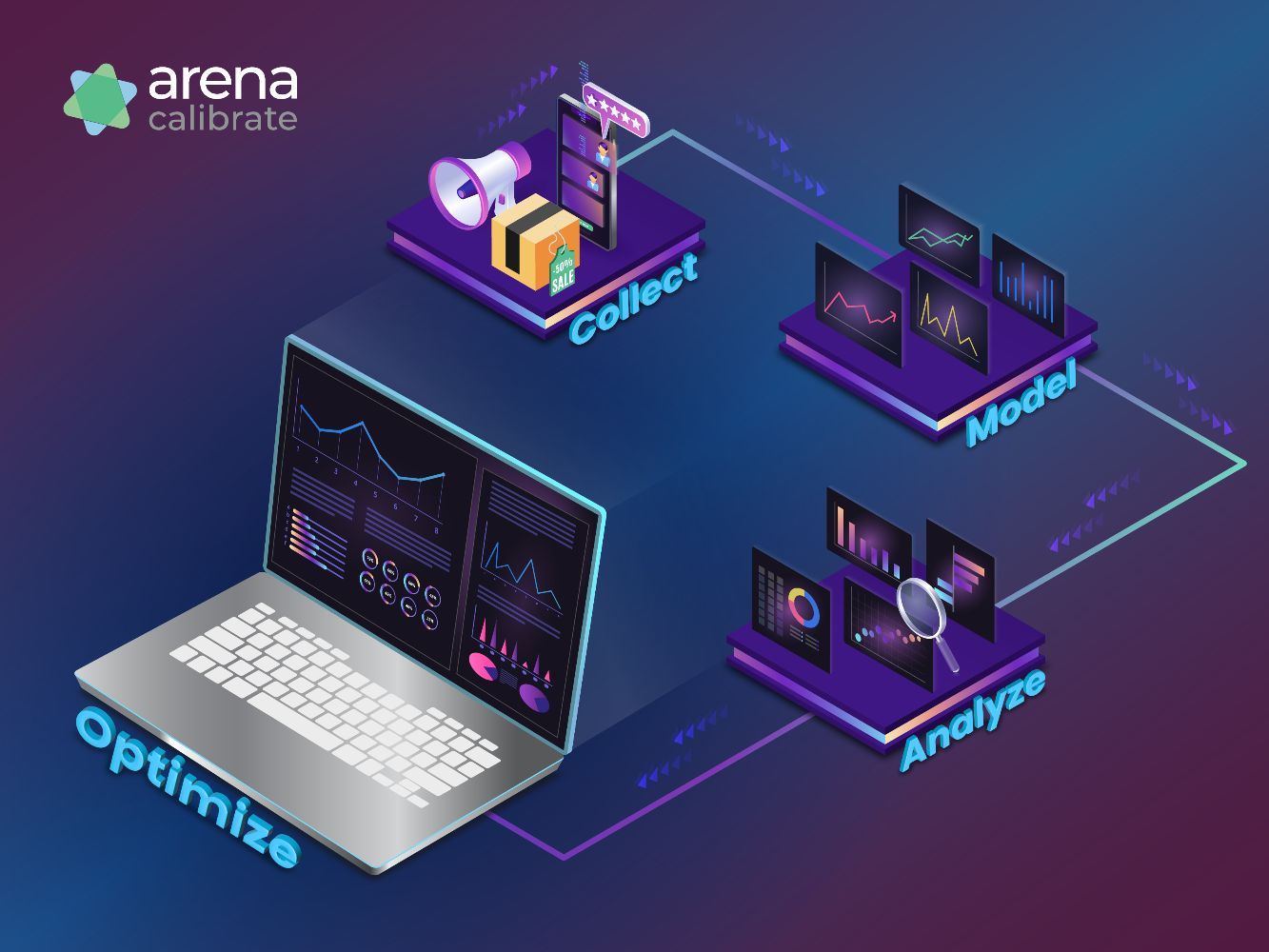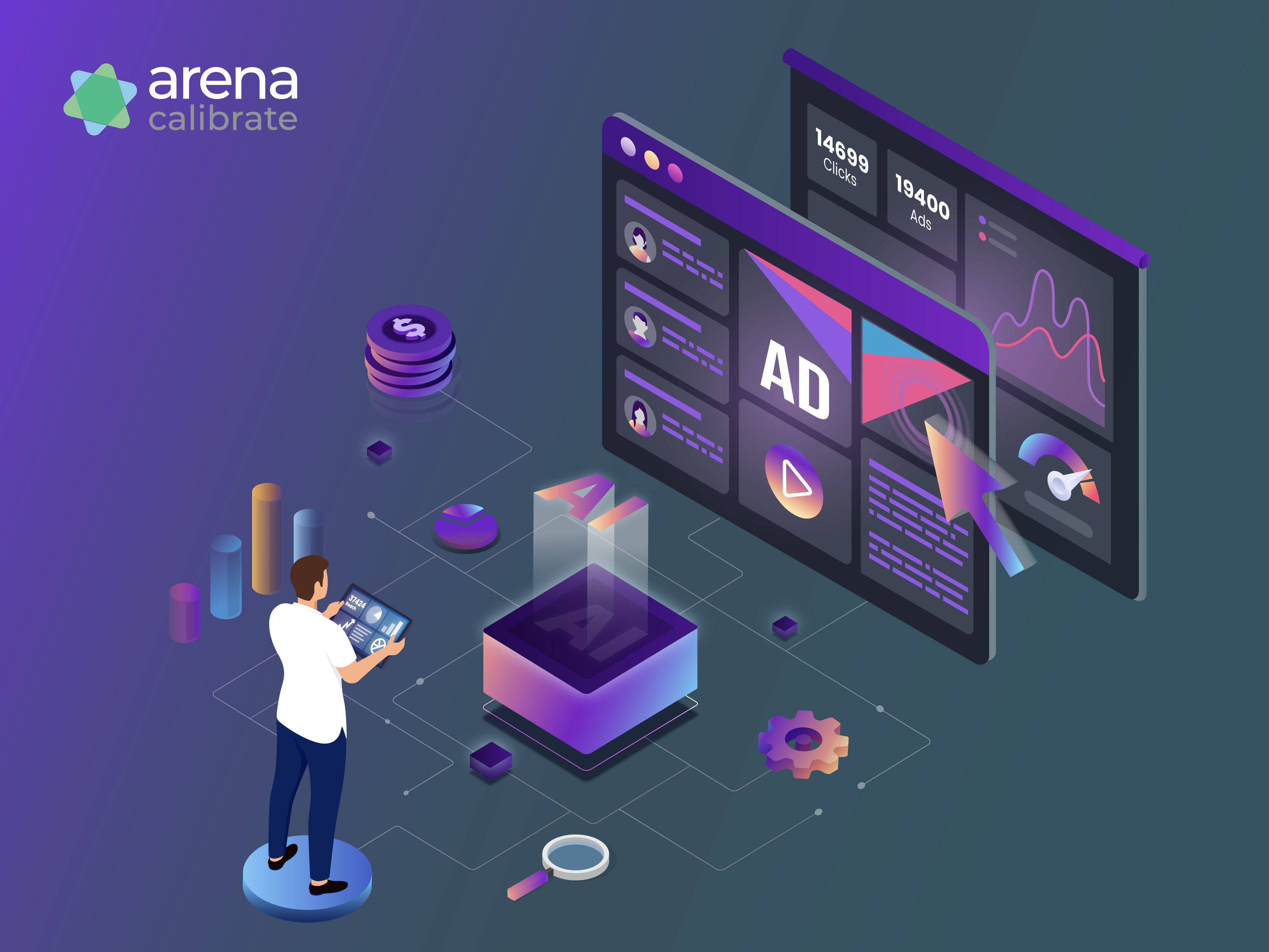Before third-party pixels, there was server-side tracking. And in today’s privacy-concerned times of ad blockers and privacy laws, it’s seeing a comeback.
Pixel-based or client-side tracking uses marketing tags inserted into every page of your website, typically using a tool like Google Tag Manager that sends browsing data to the appropriate servers from the site visitor’s browser. Marketers have traditionally used this to identify how individuals visit their website, how much time they spend on it, and what pages they visit.
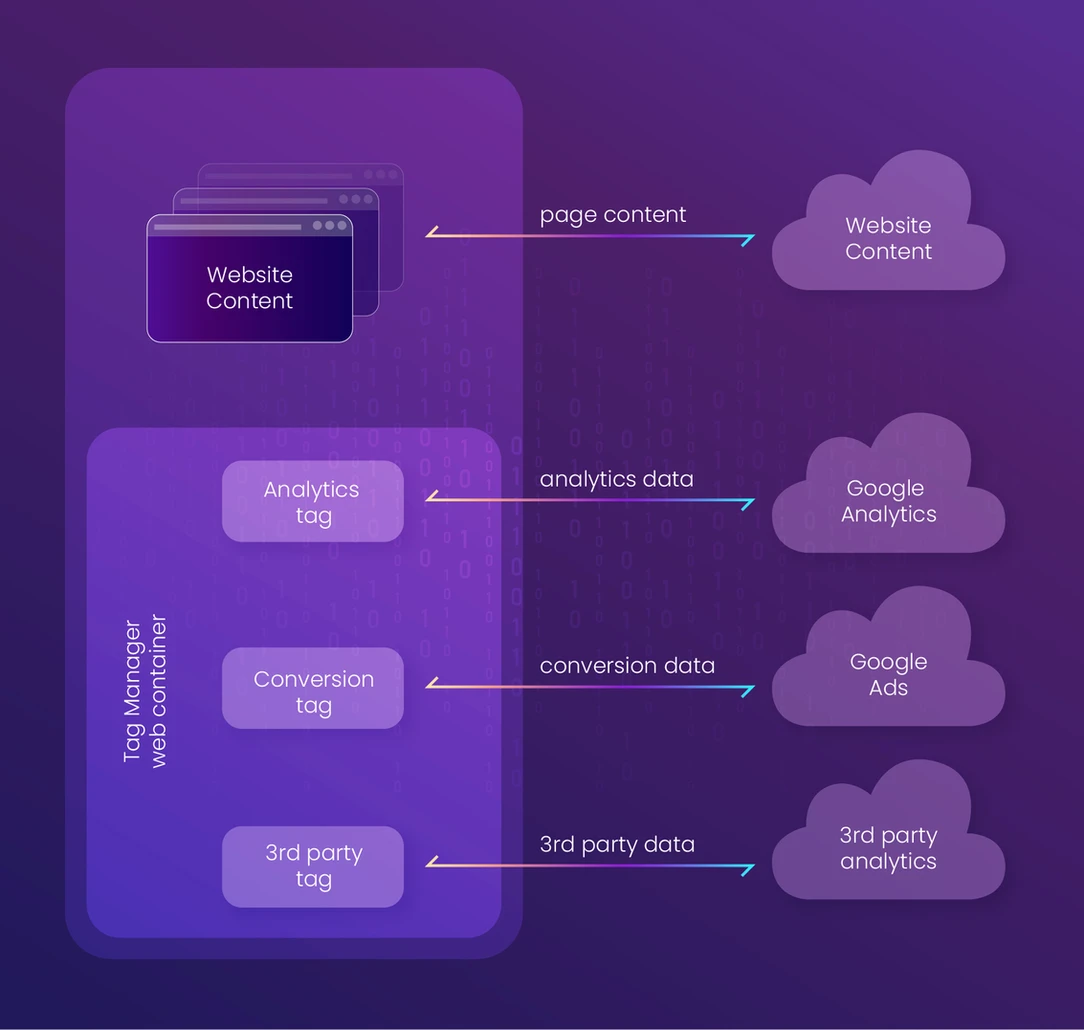
Such data is crucial to attributing what assets and campaigns drive conversion — and is at the core of any good attribution solution. The pixel will capture 100% of your inbound traffic from referral sources, organic searches, direct visitors, and paid channels. These should be “learned” by the pixel and set up automatically in the attribution tool.
When the pixel communicates this payload information from the browser to the server (the platform that has developed its code) directly, it’s called client-side tracking. But Ad blockers are now used by nearly 4 in 10 Americans. This, along with new data privacy policy requirements, often restricts data gathered via pixel tracking and has impacted the conversation numbers reported by corresponding platforms.
Clearly, increasing over-dependence on client-side data and issues with misuse have narrowed the ways in which it can be used.
With the shift to first-party data and GA4, (click and check out our blog on navigating the dual transition), marketers are now focussing on configuring a new hybrid tech stack built on first-party data and server-side technologies as well as customer-centric, best practice-led client-side technologies.
Welcome to the server side
When the payload information is processed from the internal server to the server (a platform that has developed its code) directly, it’s called server-side tracking.
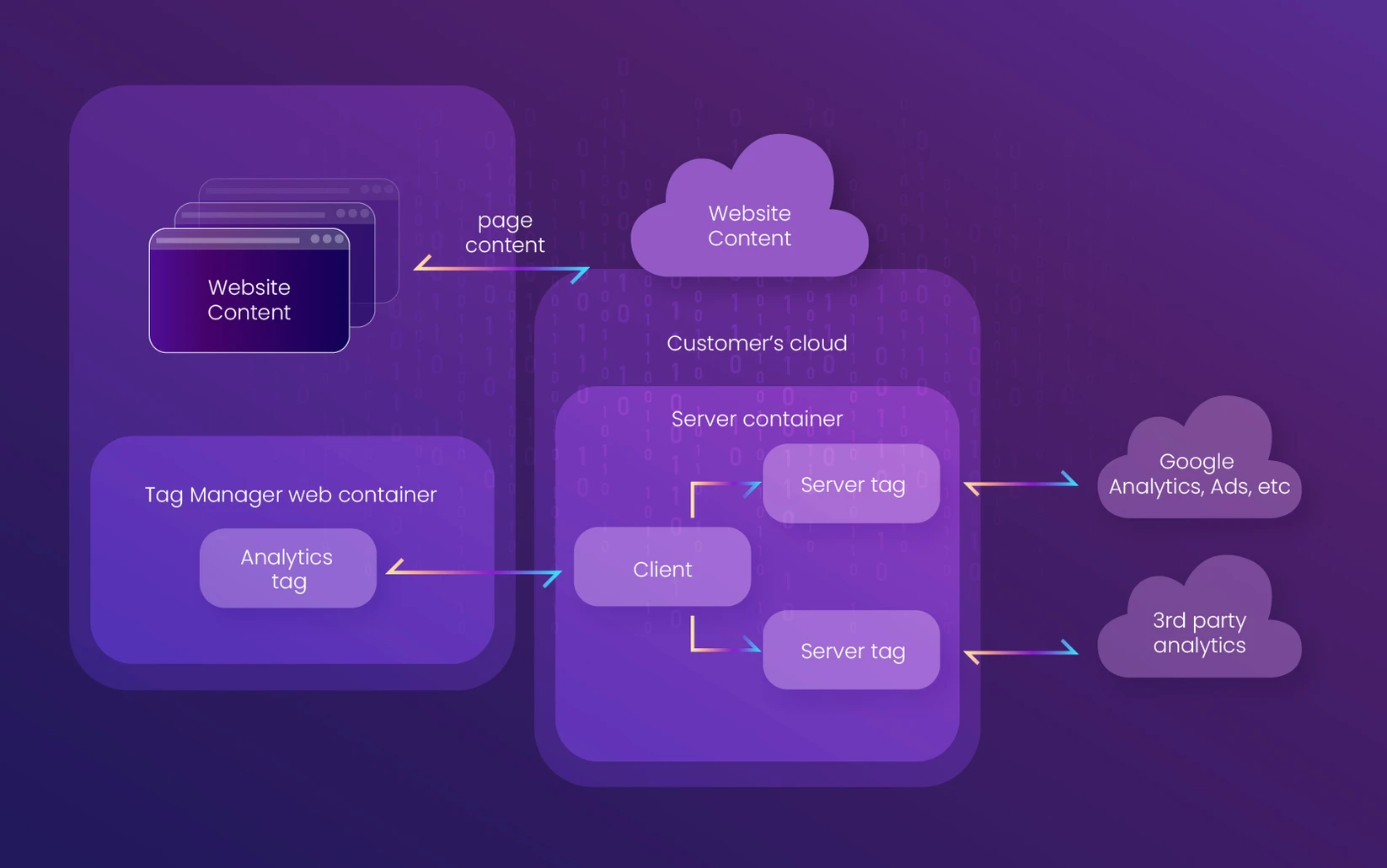
The advantages are many:
Server-side tracking helps avoid challenges imposed by Ad Blockers and more accurately collect and share the data with the corresponding platforms resulting in a more accurate measurement, attribution, and conversion reporting platform.
It also helps marketers to enhance and personalize the client browsing experience since this nonblocked call/data collection and processing actually happens on the server side without impacting the client user experience.
Most importantly, it presents the opportunity to exercise greater control over the 1st party data collection and sharing process.
With server-side tracking, marketers get access to real-time data on conversions. Earlier, there would be a delay in conversion data which is stored in another database/MA/CRM system and then manually uploaded back to the Google Ads console. This would result in a delay in optimization.
Some other benefits include
- more dimensions/attributes gathered about the website visitor
- better site performance due to fewer scripts on
- the ability to run personalized remarketing campaigns with better segmentation capabilities and more data points gathered on the server
On the flip side, server-side implementation often requires more engineering resources. It’s best to consider partners who can help you through the transition to a hybrid stack based on your specific requirements.
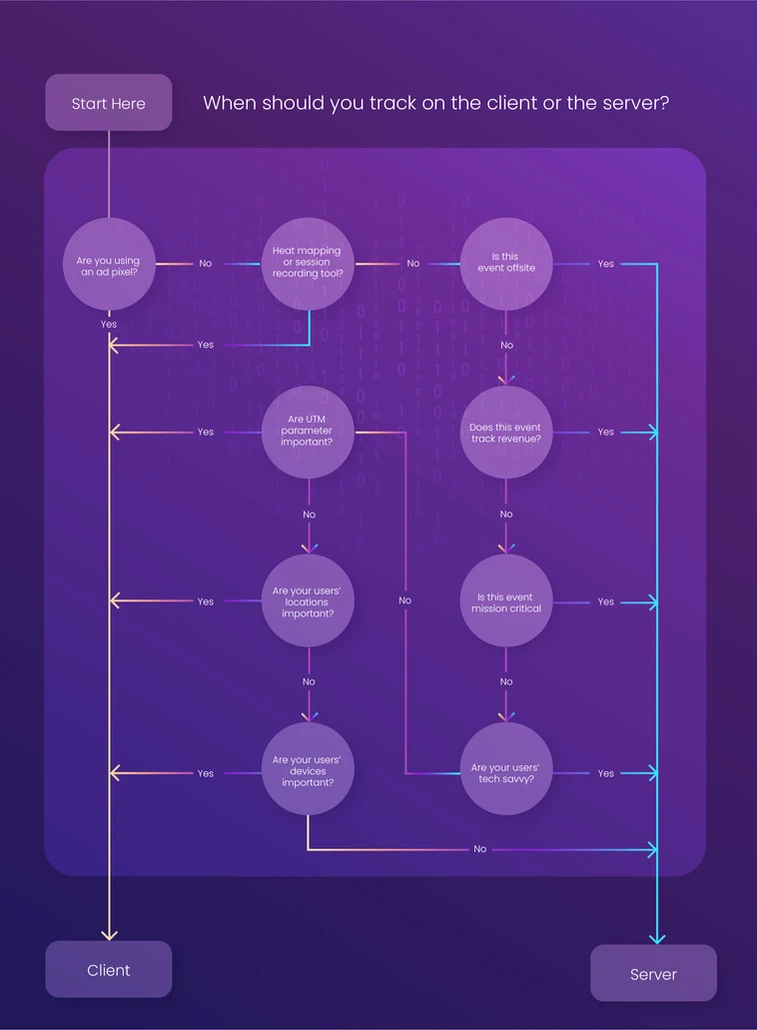
Server-side tracking boosts conversion and business: Case in Point
Case 1: PatPat
The family apparel ecom platform wanted to increase reach and conversions at a lower cost while prioritizing people’s privacy. PatPat used the Conversions API and Meta Pixel with Facebook Login to match ad metrics with individual profiles in a way that respects consent and delivers a more personalized ad experience and achieves a higher conversion rate of 31%.
Case 2: Finess
The e-commerce health food retailer wanted to improve campaign effectiveness, lower cost per acquisition, generate accurate reports on campaigns, and gain actionable insights into customer behavior. Fitness added the Meta Conversions API to its campaigns that used information from the Meta Pixel and increased purchases by 16% compared to using the Pixel alone.
Server-side tracking is transforming the way marketers approach data acquisition and data-led marketing. It is overcoming consumer privacy issues and the restrictions of a cookieless world.
The future is hybrid. Are you leveraging it to the fullest?
If you are not yet future-ready and would like to speak to our experts, mail us at calibrate@thearena.ai. We would love to help you get started with making this right for you.

